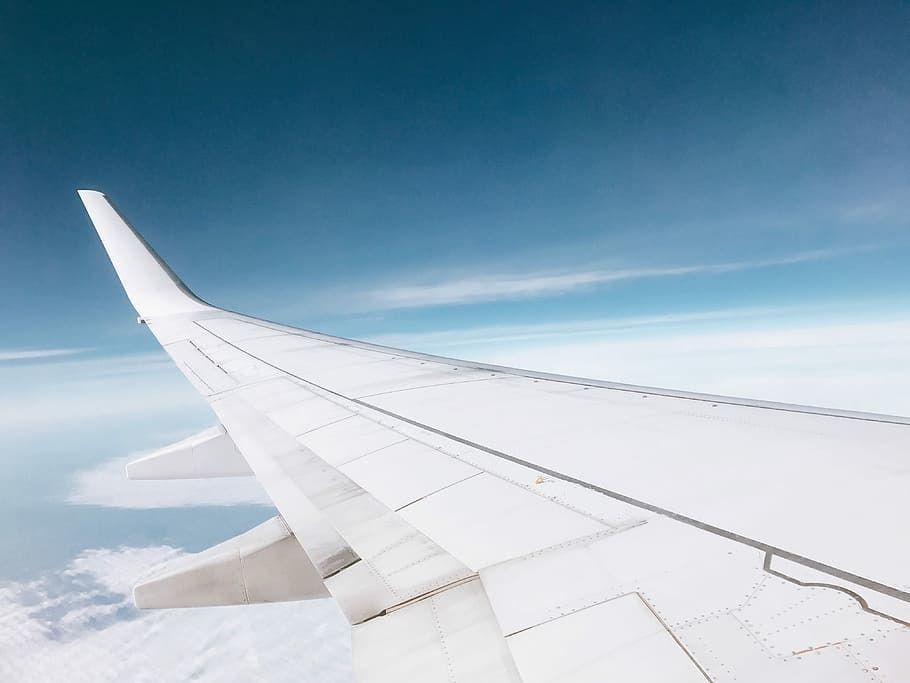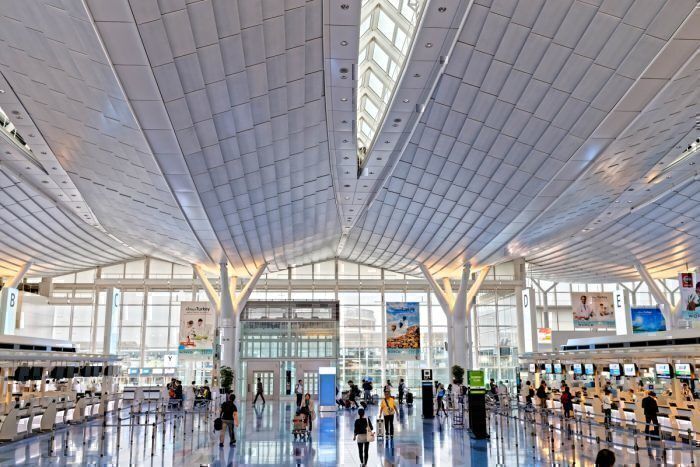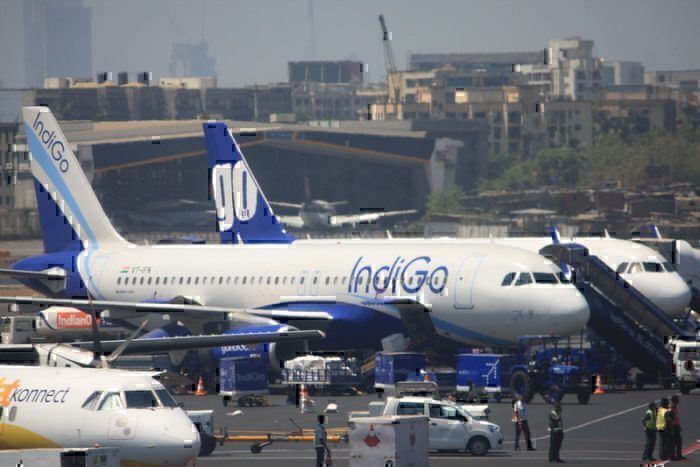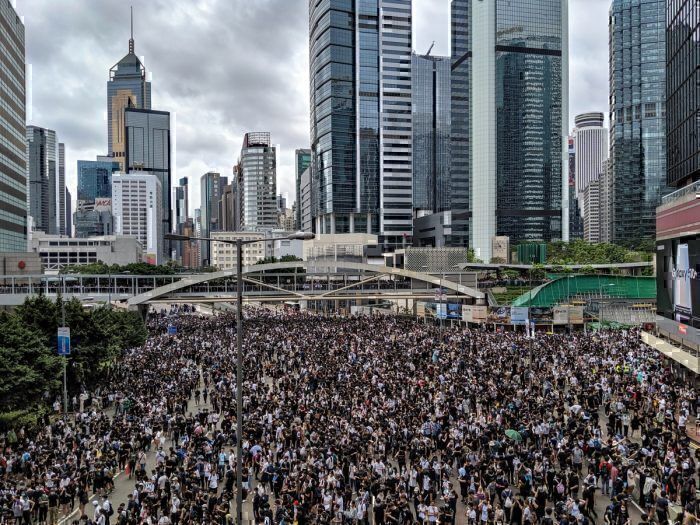Asian city pairs continue to dominate and consolidate their status as the world’s busiest commercial airline routes. Not so long ago, city pairs in North America and Europe scored the top gongs. But in 2019, not a single North American or European city pair makes the top ten list. It is a testament to the rise of commercial aviation in Asia.
One of the interesting points arising from data published by OAG is not just the changes in the top ten city pairs, but the number of passengers traveling on them. In 2010, 87.3 million passengers flew the top ten city pairs. Nine years later, 101.5 million passengers flew the top ten city pairs. It largely confirms what we already know - more people are taking to the skies and busy routes just keep on getting busier.
The headline action is in North Asia
In 2019, the busiest route was in South Korea. 17,424,046 passengers flew between Jeju and Gimpo - a short 450km hop between the nation’s south and north. It’s worth noting only 51 million people live in South Korea.
Next off the blocks is the route between Chitose (Sapporo) and Tokyo Haneda. 12,498,468 passengers flew the route in 2019. Like the South Korean route, this route links an island (Hokkaido) to the nation’s mainland.
The third-busiest route is also in Japan, between Fukuoka and Tokyo Haneda. 11,400,018 flew this route in 2019. Fukuoka is one of Japan’s southern cities and is also not on the main island.
The rise of Vietnam
In fourth place is the route between Hanoi and Ho Chi Minh in Vietnam. 10,245,598 passengers jumped aboard a flight between these two cities in 2019. We’ve talked a bit about the rise of aviation in Vietnam in Simple Flying. One simple statistic from OAG confirms this. Ten years ago, the city pair was the world’s 465th busiest. Today it is the fourth busiest.
Routes in small affluent countries do well but under threat
Rounding out the top five is the route between Sydney and Melbourne. 9,960,696 passengers flew this route in 2019. I’ve stood in the Victorian high country at 7.00 am and watched the sky above streaked with contrails as these flights zoom back and forth. What makes this route slightly unusual is that it’s supported by a fairly small domestic population - just 25 million people.
In contrast, some 1.3 billion people live in India. Their key route, between Mumbai and Delhi, carried 8,231,789 passengers in 2019 and is the sixth busiest city pairing in the world. It says something about income inequality that a place with a mere sliver of India’s population has a busier airline route. Or it could just be taken as an indictment on the state of the railway between Sydney and Melbourne.
The seventh busiest route is the route between Beijing and Shanghai’s Hongqiao Airport. 8,123,735 passengers flew this route in 2019. Like India, China has a big population. But incomes are growing fast and we might reasonably expect to see more passenger traffic on these routes in the next few years, displacing routes in more affluent countries such as South Korea, Japan, and Australia.
The eighth busiest city pairing is the only one outside the Asia - Pacific region. 8,017,359 people flew between Jeddah and Riyadh in 2019.
The ninth busiest route is the city pairing between Hong Kong and Taipei. 7,965,150 flew this route in 2019. Whether this route holds its ground going in 2020 given the strife in Hong Kong and subsequent downtown in traffic through Hong Kong Airport remains to be seen.
Finally, the tenth busiest city pairing in 2019 was that between Tokyo Haneda and Naha Airport in Okinawa. Okinawa is one of Japan’s most far-flung southern islands. It gives Japan (and Haneda Airport) three spots the top ten city pairs in 2019.
The take out?
What’s the take out on this? It confirms the emergence of Asia as the new commercial aviation hotspot. But that should surprise nobody. What is interesting is how much of the growth is driven by low-cost carriers. Aviation growth in countries like Vietnam and India is being carried on the back of the rise of low-cost carriers.
Finally, except for the Hong Kong - Taipei route, all these city pairings are domestic routes. That’s interesting. You don’t necessarily hear a lot about domestic flying. A short hop between Haneda and Sapporo lacks the wow factor of a long haul trek across to Dulles. But these figures suggest that for much of the world, domestic flying is the core driver of commercial aviation.
Got some thoughts on these statistics, city pairings and conclusions? Post a comment and let us know.




